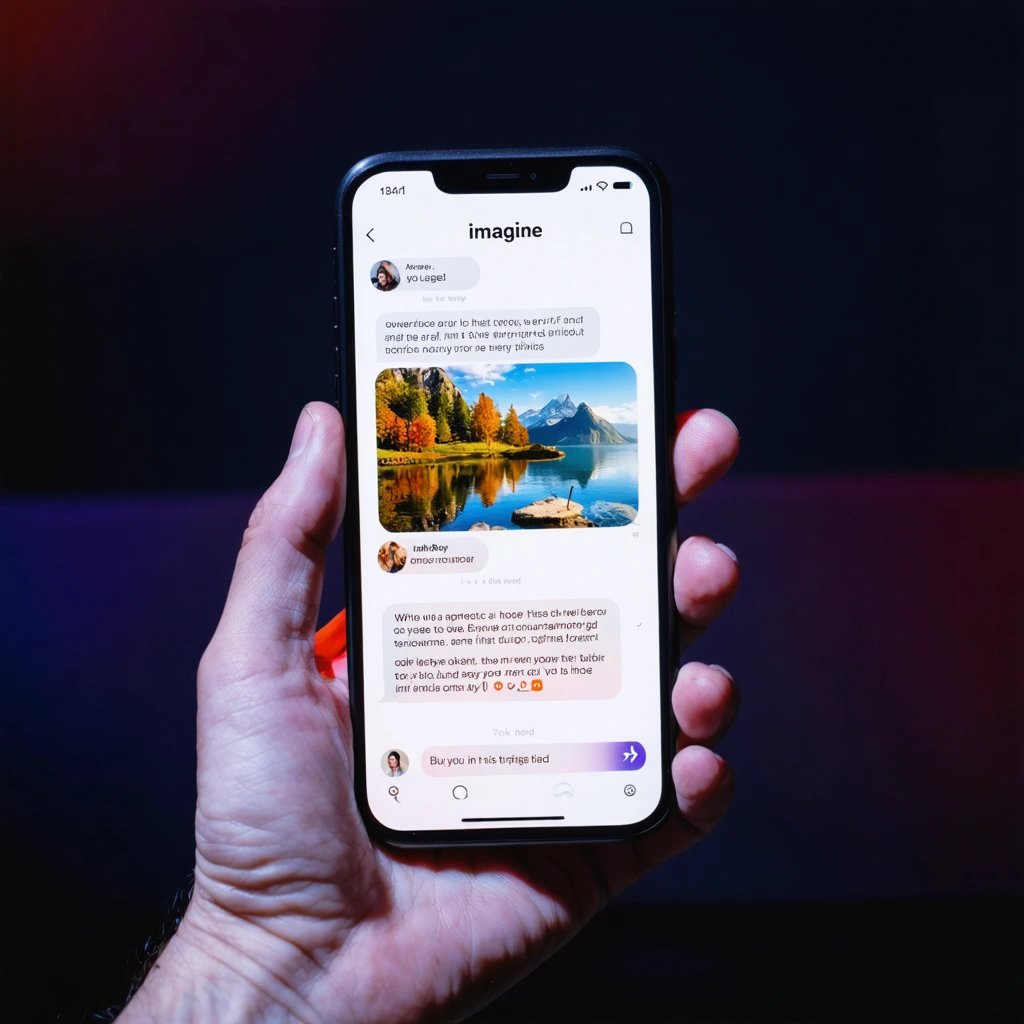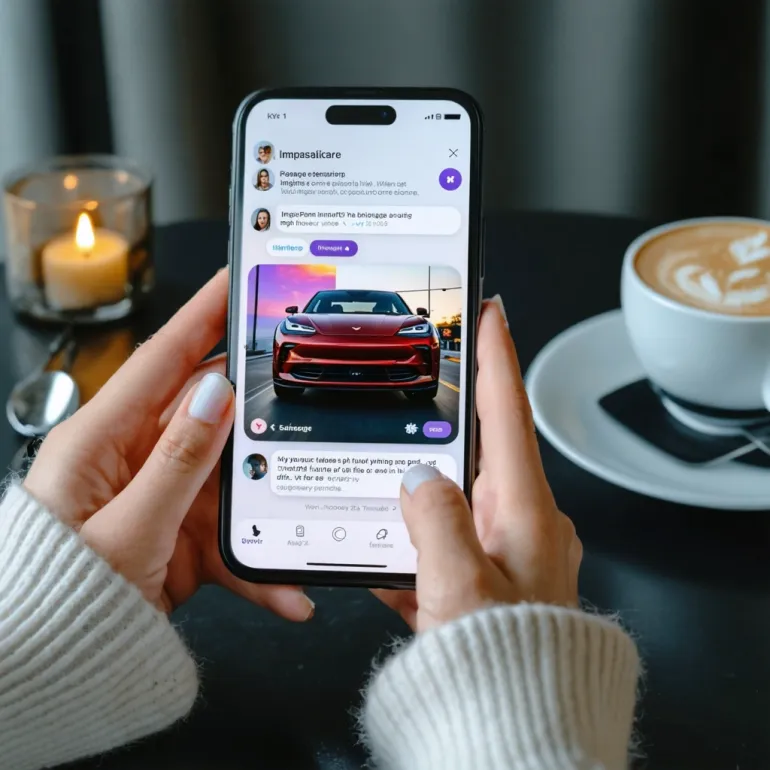Why Traditional Customer Communication Feels Outdated
In today’s fast-paced digital world, brands are racing to capture consumer attention in moments that matter. But let’s be honest—email campaigns, push notifications, and even social media ads often feel like shouting into a void. Customers get bombarded with messages, many of which miss the mark on personalization and immediacy. This creates a gap in meaningful, real-time conversations between brands and their audiences. Worse yet, many companies still rely on cold, impersonal outreach that feels more like spam than service.
Have you ever noticed how your own phone lights up with countless notifications, yet the ones that truly stand out are the texts from friends or family? That’s because texting is intimate, immediate, and tailored to the moment. Unfortunately, many brands have yet to fully harness this power—especially through platforms like iMessage that millions of people use daily. The question is: how can businesses tap into this direct, natural communication channel without crossing the line between helpful and intrusive?
The Challenge of Standing Out in the Texting Competition
Let’s face it: consumers are more skeptical than ever. They want to feel valued, not just targeted. Over the past few years, “texting competition” among brands has intensified, with countless companies sending SMS promotions and automated messages. While texting remains one of the highest engagement channels, it’s also a delicate dance. Send a message at the wrong time, and you risk annoying your customer. Use a stiff, robotic tone, and you lose the personal touch that texting is supposed to offer. Plus, the way your message appears on a user’s screen—think iMessage text bubbles and their familiar colors—can either invite or repel interaction.
Timing matters enormously. Texting etiquette time of day is a real consideration brands often underestimate. For example, a late-night discount alert might feel like a helpful reminder to one customer, but an intrusion to another. How do you find that sweet spot? How can you create messages that feel like a friendly nudge from a trusted source rather than just another marketing pitch?
Why iMessage Business is a Game Changer
Enter iMessage business features—a toolkit designed not only to send texts but to facilitate instant, personal connections between brands and consumers. Unlike traditional SMS, business iMessage leverages Apple’s robust ecosystem, allowing companies to present rich media, interactive elements, and verified identities within the familiar iMessage interface. This means your brand’s message shows up in those iconic blue text bubbles rather than generic green ones, signaling trustworthiness and legitimacy.
Imagine a customer receiving a beautifully crafted message that includes images, appointment buttons, or even quick replies—all without leaving the iMessage app they use every day. This creates a seamless, engaging experience that encourages dialogue instead of one-way broadcasts. Brands can now communicate in a way that feels natural and immediate, breaking down barriers that have historically kept customer service and marketing at arm’s length.
In this article, we’ll explore the ins and outs of iMessage business—from how it works to best practices for respectful, effective texting. We’ll dive into the nuances of texting etiquette time of day, how to stand out in the texting competition, and why the design of iMessage text bubbles matters more than you might think. If you’re looking to build authentic, instant connections with your customers, understanding and leveraging iMessage’s business features might just be your secret weapon.

iMessage for Brands: Texting to Connect
In today's hyper-connected world, brands are turning to instant messaging platforms to foster immediate, personal connections with consumers. Among these platforms, iMessage business tools stand out for their seamless integration within Apple’s ecosystem and unique features that enhance brand-consumer communication. Understanding how to leverage business iMessage capabilities can transform customer engagement strategies, while navigating nuances like texting etiquette time of day, competition, and message presentation is critical for success.
What Are the Key Features of iMessage Business for Brands?
Business iMessage offers brands a direct line to customers through rich, interactive messaging. Unlike traditional SMS, iMessage supports multimedia content, quick replies, and rich links, which can significantly enhance communication quality.
Key features include:
- Rich Media Support: Brands can send images, videos, and audio clips to make messages more engaging.
- Interactive Buttons: Allowing customers to respond with predefined options streamlines conversations.
- Typing Indicators and Read Receipts: These provide transparency and immediacy, building trust.
- Custom Business Profiles: Display brand logos and contact info directly within the chat.
For example, a retail brand can send personalized product recommendations with embedded “Buy Now” buttons, creating a seamless purchase experience without leaving the chat.
How Does Texting Etiquette Impact Brand Engagement on iMessage?
Understanding texting etiquette time of day is crucial for brands using iMessage. Sending messages at inappropriate hours can annoy customers and damage brand reputation, especially since iMessage notifications are often immediate and personal.
Best practices include:
- Respect Customer Time Zones: Use data insights to avoid messaging during late night or early morning hours.
- Limit Frequency: Avoid overwhelming users with too many messages, balancing engagement and intrusion.
- Personalize Timing: Trigger messages based on customer behavior or preferences, such as post-purchase follow-ups.
Brands that master timing demonstrate empathy and respect, which fosters long-term loyalty.
What Role Do iMessage Text Bubbles Play in Brand Messaging?
While seemingly aesthetic, iMessage text bubbles influence how messages are perceived. Unlike generic SMS bubbles, iMessage bubbles are visually distinct and can include animations or effects, adding a layer of personality to brand communications.
Brands can leverage this by:
- Using bubble animations to celebrate milestones (e.g., confetti effects for special offers).
- Designing messages that feel conversational and less robotic, using casual language aligned with bubble formatting.
- Ensuring messages are concise and visually digestible within bubbles to enhance readability on smaller screens.
This approach helps brands stand out in the crowded messaging space and creates memorable interactions.
How Does iMessage Business Stand in the Texting Competition?
The landscape of digital messaging is crowded, with platforms like WhatsApp, Facebook Messenger, and SMS competing for brand attention. However, iMessage business holds unique advantages, particularly for brands targeting iOS users.
Comparative strengths include:
- Native Integration: iMessage is pre-installed on all Apple devices, ensuring a frictionless user experience.
- Security and Privacy: End-to-end encryption builds consumer trust — a critical differentiator.
- Rich Communication Features: Superior multimedia and interactive elements compared to traditional SMS.
However, brands must consider their audience demographics since iMessage is exclusive to Apple devices, which may limit reach compared to cross-platform messaging apps.
According to recent industry data, Apple users tend to have higher disposable income and engagement rates, making iMessage an attractive channel for premium brands.
How Can Brands Effectively Implement iMessage Business Strategies?
To maximize the potential of iMessage for business, brands should:
- Integrate CRM Systems: Sync customer data to personalize messages and automate workflows.
- Train Teams on Texting Etiquette: Educate customer service reps on timing and tone to maintain brand voice consistency.
- Monitor and Analyze Engagement: Use analytics to refine messaging strategies based on open rates, response times, and conversion metrics.
- Leverage Automation Carefully: While chatbots can handle routine queries, personal touch remains paramount to avoid feeling impersonal.
Brands like Sephora and Airbnb have successfully used iMessage to send appointment reminders and booking confirmations, blending automation with personalized touches to delight customers.
Conclusion: Why iMessage Business Is a Game-Changer for Brand-Consumer Connections
The power of business iMessage lies in its ability to create instant, personal connections that feel natural and engaging. By respecting texting etiquette time of day, leveraging visually appealing iMessage text bubbles, and understanding the competitive landscape, brands can foster loyalty and drive conversions effectively.
In a world where consumers expect immediacy and authenticity, incorporating iMessage into a multichannel communication strategy is not just advantageous—it’s essential for brands seeking to stand out and build lasting relationships.




